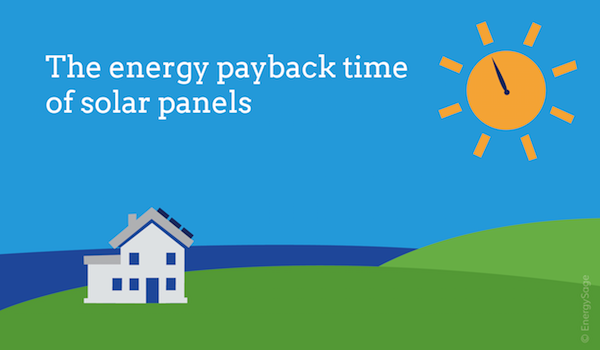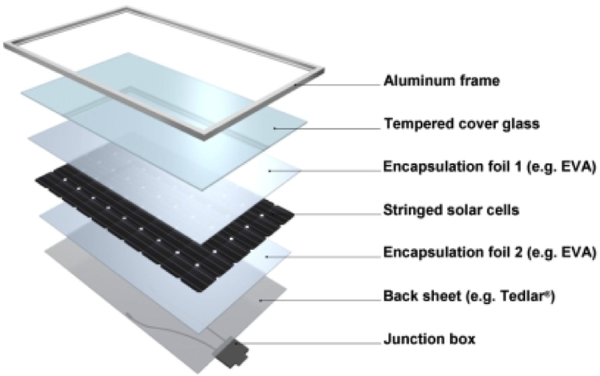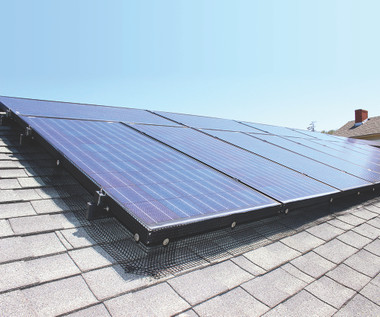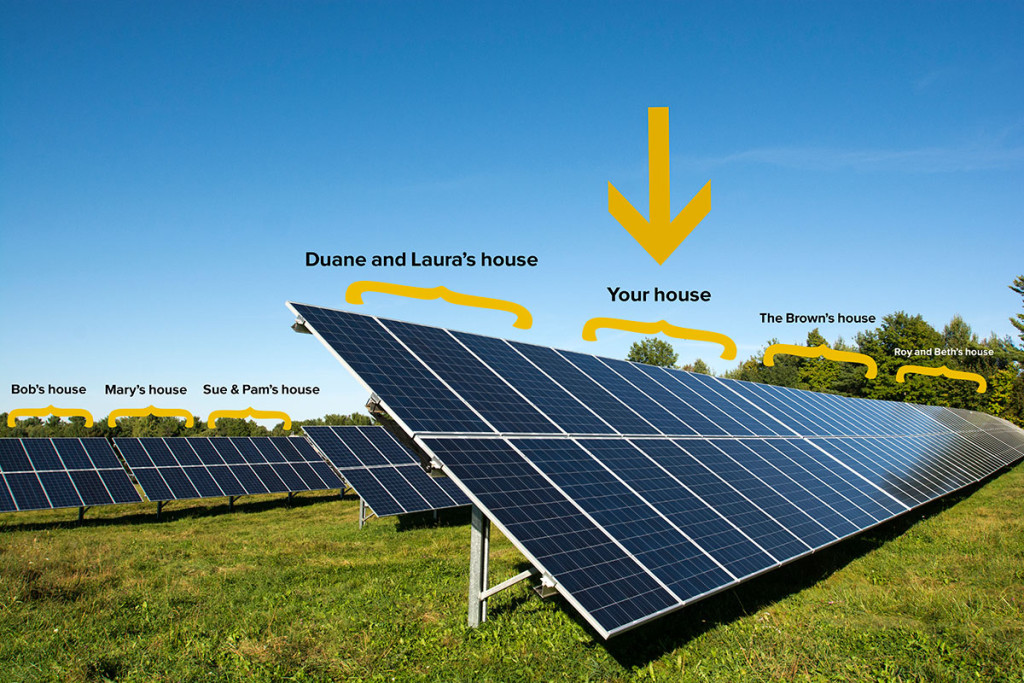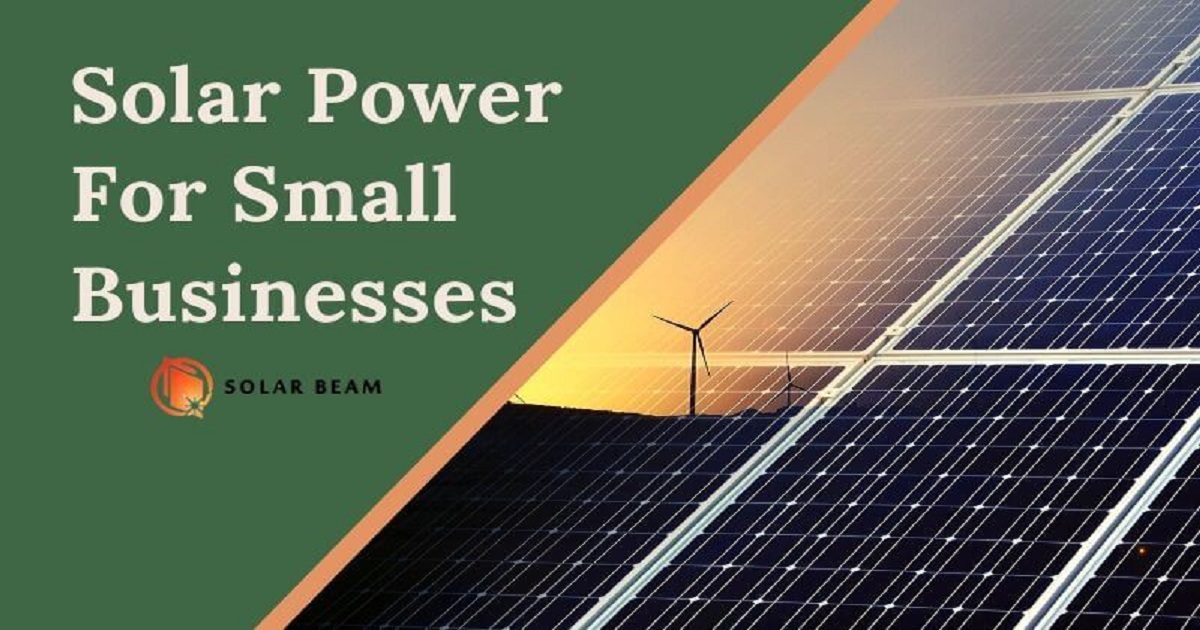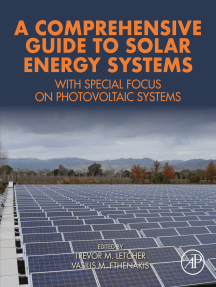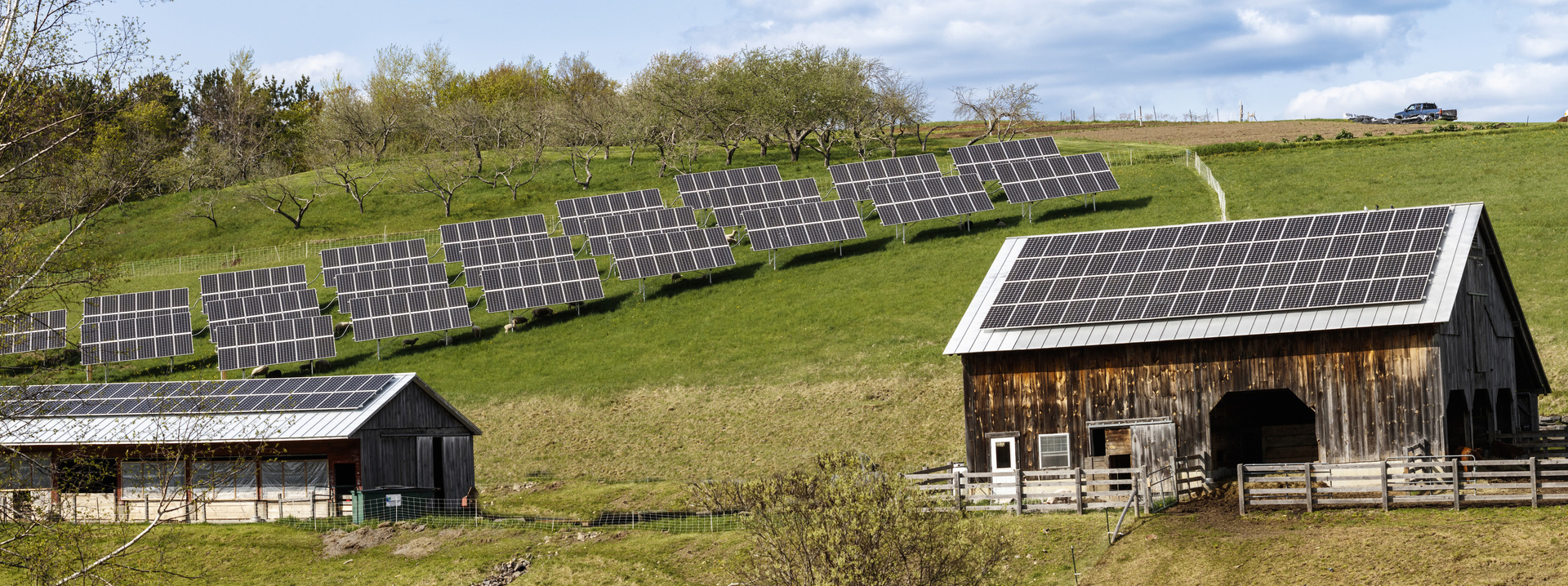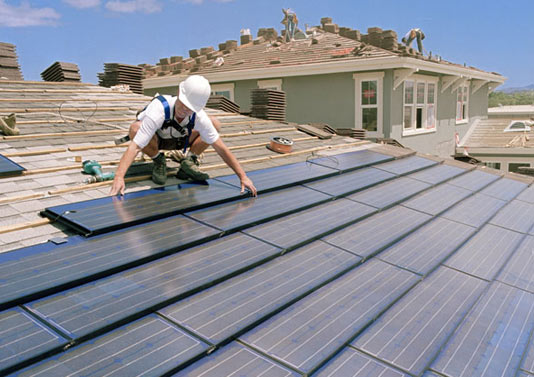How Do Solar Panels Impact Wildlife In Vt

Solar power is without question one of the leading green energy sources as the world moves increasingly away from fossil fuels.
How do solar panels impact wildlife in vt. Solar has justifiably been greeted as truly sustainable clean and increasingly efficient and cost effective. Construction projects can temporarily disturb the local environment with noise grading soil erosion and compaction from heavy equipment and greenhouse gas emissions. The waterbirds then collide with the solar panels and are critically wounded or killed. The average lifespan of a solar panel is about 20 years but high temperatures as in the mojave desert can accelerate the aging process for solar cells and snow dust and other natural events tornadoes earthquakes can cause material fatigue on the surface and in the internal electric circuits gradually reducing the panel s power.
The sun provides a tremendous resource for generating clean and sustainable electricity without toxic pollution or global warming emissions. One area in which this form of more. Once a solar array project gets the go ahead the biggest challenge to wildlife conservation is construction. Many of the birds that have been killed at these large solar sites are waterbirds which indicates that these birds fly to solar fields and realize too late in their descent that the solar panels are not water.
Without efficiency and reasonable limits to energy use solar and wind power only benefit the environment so much. The potential environmental impacts associated with solar power land use and habitat loss water use and the use of hazardous materials in manufacturing can vary greatly depending on the technology which includes two broad categories. However even solar energy can t claim to have 100 environmentally free credentials. A solar panel is composed of hundreds of photovoltaic cells which collect sunlight and transform it into electricity.
The waterbirds then collide with the solar panels and are critically wounded or killed. But if the problem of wildlife impacts festers the growth of concentrated solar which by one recent estimate could grow to a 9 billion worldwide industry in 2020 up from 1 billion in 2013. Solar panels can take up large chunks of desert previously used by a host of wildlife from pronghorns and tortoises to coyotes and rattlesnakes. However it s crucial to reduce these projects impacts on wildlife as much as possible.
Bats and birds are killed every year by wind turbines.



